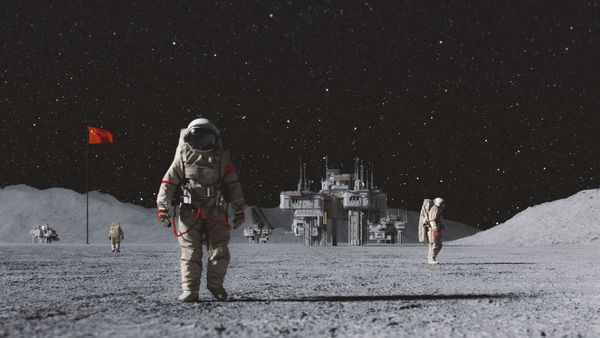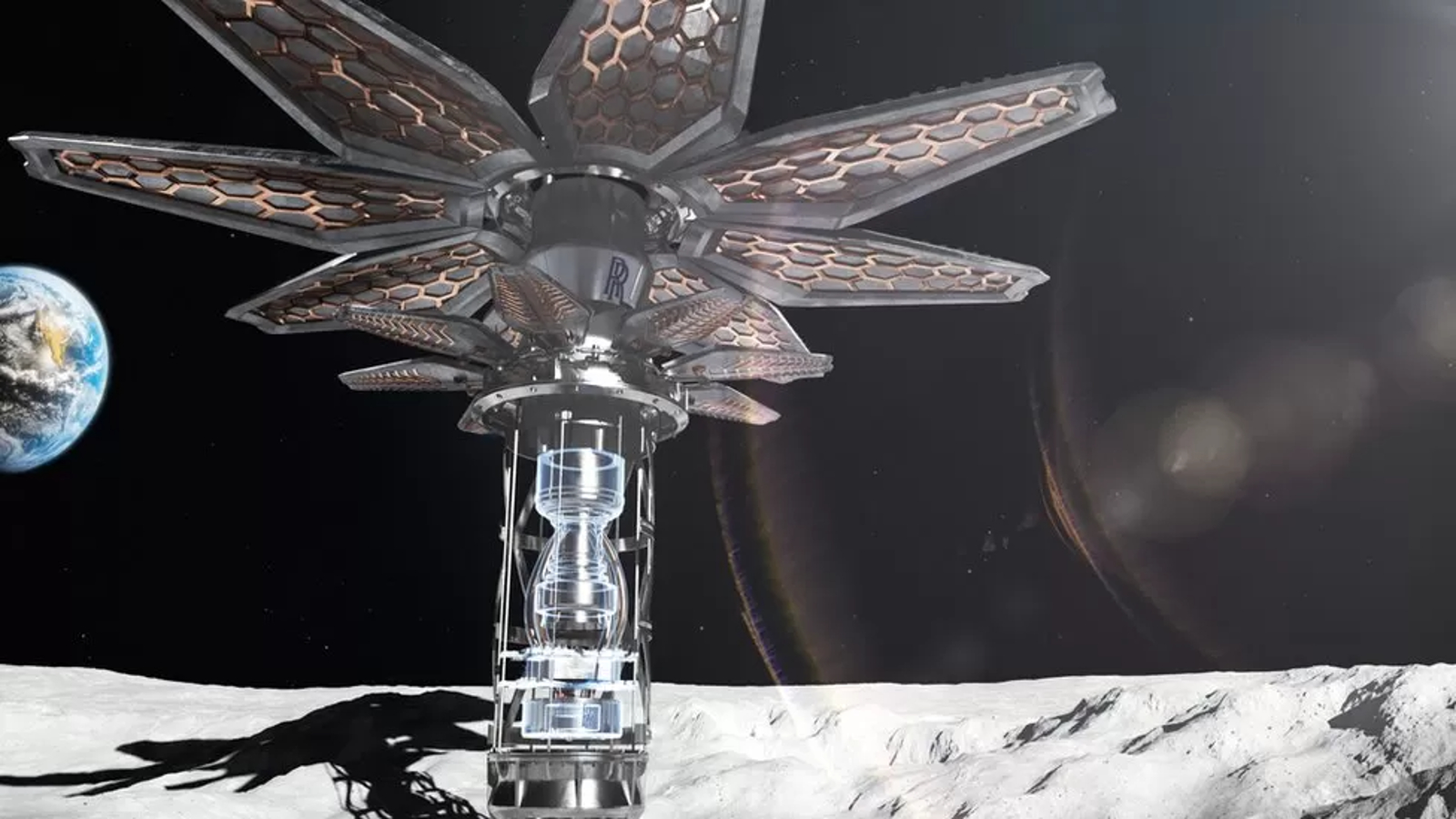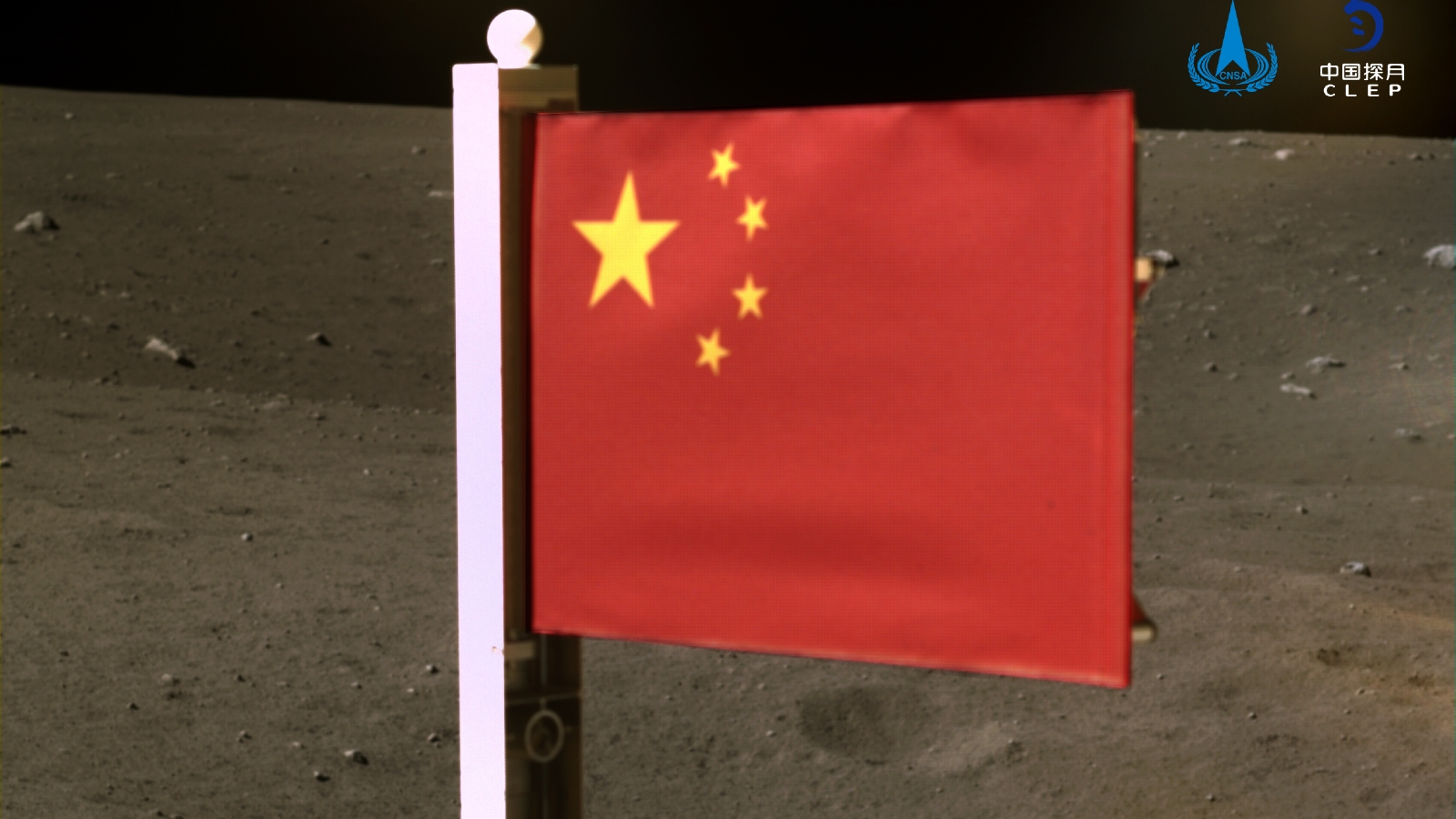
Russia's space agency Roscosmos has announced plans to work with China to build an automated nuclear reactor on the moon by 2035. The proposed reactor will help power a proposed lunar base that the two countries will jointly operate.
Back in 2021, Roscosmos and the China National Space Administration (CNSA) revealed that they intended to build a shared base on the moon, named the International Lunar Research Station (ILRS), which they claimed at the time would be "open to all interested countries and international partners."
However, NASA astronauts are unlikely to be allowed to visit this base due to historically frosty relations with CNSA and a more recent split with Roscosmos, which will leave the International Space Station by 2025 in response to sanctions from the U.S. over Russia's invasion of Ukraine in February 2022.
On Tuesday (March 5), Roscosmos announced that it will eventually attempt to build a nuclear reactor alongside CNSA, which would theoretically be able to power the ILRS.
"Today we are seriously considering a project — somewhere at the turn of 2033-2035 — to deliver and install a power unit on the lunar surface together with our Chinese colleagues," Roscosmos director general Yury Borisov told state-owned Russian news site TASS.
Borisov added that the challenging construction job would likely be carried out autonomously "without the presence of humans" and that the necessary technological solutions to pull it off are "almost ready."
Roscosmos is also looking to use massive nuclear-powered rockets to transfer cargo to the moon to build this base, but the agency has not yet figured out how to build these spacecraft safely, Reuters reported.

A nuclear reactor, or similar source of reliable power, will likely be necessary to sustain future lunar bases because solar panels are unlikely to generate and store enough energy.
In September last year, U.K. scientists revealed plans for a compact nuclear reactor that can be powered by tiny seed-size fuel cells and is due to be tested by NASA for future missions.
It is currently unclear what size or shape the joint Russian and Chinese reactor will take.
To the moon
Roscosmos and CNSA, neither of which have put humans on the moon's surface, have contrasting track records when it comes to recent lunar exploration.
Last year, Russia's first moon mission in 47 years ended in disaster when the Luna-25 lander crashed into the lunar surface, leaving behind a 33-foot (10 meter) wide crater.

However, China has had a presence on the moon since 2013, when the Chang'e 3 mission put a lander and rover on the lunar surface. The subsequent Chang'e 4 and Chang'e 5 missions, which occurred in 2019 and 2020 respectively, also successfully landed spacecraft on the moon. The most recent mission also successfully returned lunar samples to Earth — a feat that CNSA will attempt to repeat later this year.
Last week, CNSA also announced that it will start launching giant reusable rockets over the next two years as part of the agency’s plan to put boots on the moon by 2030.
However, NASA is still on track to return humans to the lunar surface before then, despite the first crewed Artemis mission being delayed until 2026.







